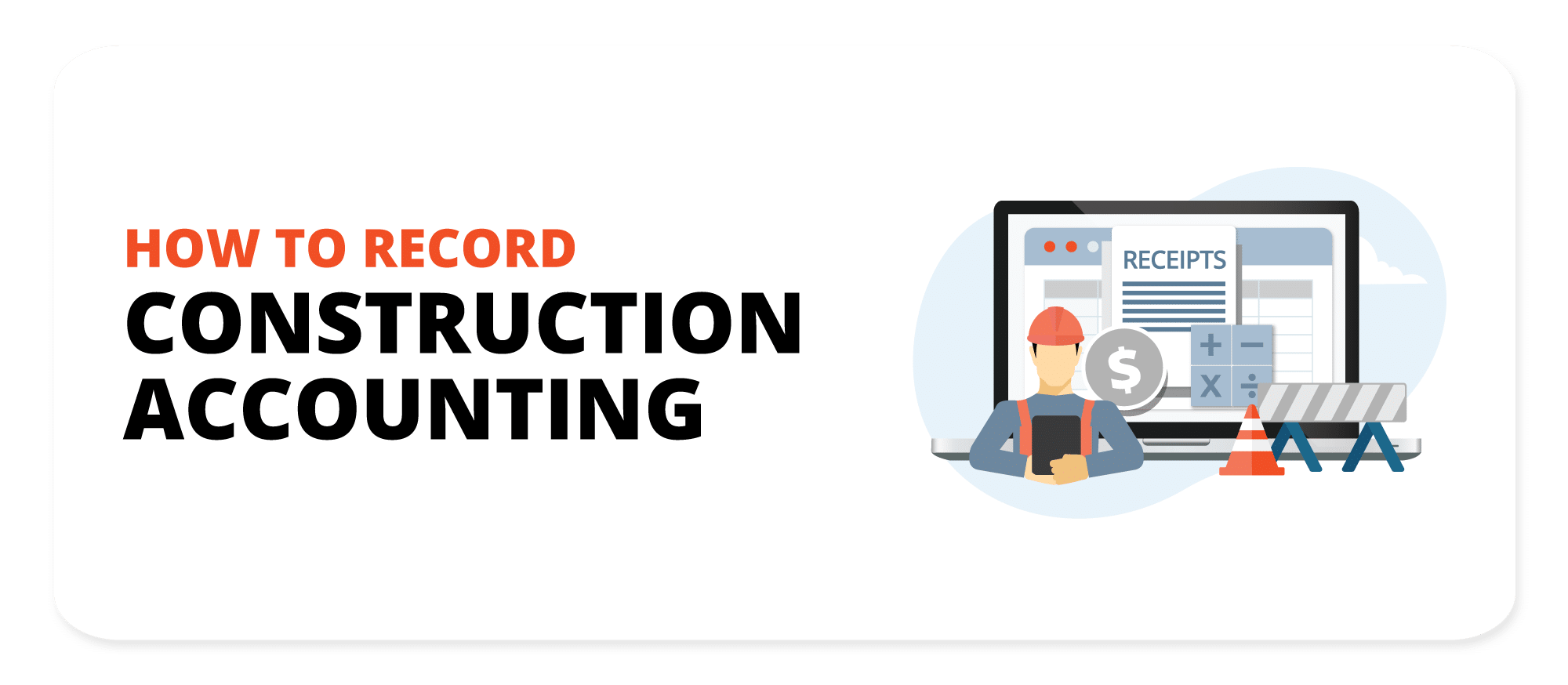Construction Accounting Strategies to Reduce Overhead and Increase Profit
Construction Accounting Strategies to Reduce Overhead and Increase Profit
Blog Article
Grasping Building And Construction Accountancy: Necessary Tips for Financial Success in the Sector
Mastering construction audit is a crucial part for monetary success within the sector, as it incorporates numerous methods that directly impact job success. Checking out these overlooked methods may expose chances that could transform your technique to building and construction bookkeeping.
Recognizing Construction Audit Basics
Comprehending the basics of building and construction accounting is crucial for reliable project administration and economic oversight in the building market. Building and construction bookkeeping varies significantly from basic accountancy methods because of the special obstacles postured by project-based job, consisting of variable costs, varying timelines, and complex regulative needs.
An essential facet of building and construction bookkeeping is work setting you back, which includes monitoring expenses for each and every particular job. This method allows specialists to precisely examine productivity and make educated monetary choices. Furthermore, construction bookkeeping incorporates using progression invoicing, where billings are released based on the percentage of work finished, making sure cash flow is kept throughout the project lifecycle.
An additional crucial part is the monitoring of modification orders, which represent alterations to the original agreement extent. Appropriate documents and bookkeeping for these adjustments are vital to avoid economic disputes and guarantee precise task budgeting.
Lastly, recognizing the value of conformity with sector guidelines and tax obligation requirements is critical. Precise financial reporting and adherence to audit criteria not only protect against lawful issues however likewise enhance the integrity of building firms. Understanding these basics establishes the structure for effective financial administration within the building and construction field.
Effective Project Budgeting Strategies
Reliable task budgeting techniques are crucial for making sure that building projects remain financially viable and on track. A well-structured spending plan serves as a roadmap, guiding job managers via the intricacies of building and construction expenses.
Next, using historic data from past jobs can dramatically improve the precision of budget plan price quotes. By examining previous expenditures, teams can determine price trends and prospective challenges. In addition, engaging stakeholders throughout the budgeting process promotes transparency and safeguards buy-in, which can alleviate conflicts later.
In enhancement, adopting a detailed line-item budget plan enables for thorough tracking of expenses connected with products, labor, and overhead. This granularity allows project supervisors to recognize variations early and change strategies appropriately. Additionally, including contingency allocations within the spending plan can aid account for unanticipated expenditures, guarding the project versus economic stress.
Lastly, routine spending plan reviews throughout the task lifecycle make sure that monetary objectives stay aligned with project objectives, promoting timely interventions when necessary. Executing these methods can considerably contribute to the economic health and wellness and success of building and construction jobs.
Improving Price Tracking Procedures
Precise cost tracking processes are vital in the building industry, as they often figure out the financial success of a task. Reliable tracking allows task managers to keep track of costs in real-time, guaranteeing they remain within budget plan and can make informed choices swiftly. To streamline these procedures, it is check out here vital to adopt a methodical technique that incorporates modern technology and established protocols.
First, utilizing specific building audit software application can automate information access and reporting, decreasing human mistake and enhancing efficiency. construction accounting. Such software application frequently consists of functions for tracking labor, products, and subcontractor costs, providing an extensive sight of project expenses
2nd, systematizing procedures for taping expenses throughout jobs improves uniformity and streamlines evaluation. Establishing a clear chart of accounts tailored to the special requirements of building find this projects can facilitate precise classification of expenses.
Lastly, routine training for team on the importance of precise price monitoring and the devices made use of in the procedure advertises responsibility. By applying these approaches, construction firms can significantly improve their cost monitoring processes, causing improved financial control and job success. Ultimately, a well-structured technique to cost monitoring prepares for successful job administration and long-lasting economic sustainability.
Taking Care Of Capital Efficiently

On a regular basis keeping an eye on cash flow statements is necessary. By analyzing cash money inflows and discharges, businesses can identify trends and potential shortfalls. This technique promotes prompt changes to spending or payment schedules, protecting against cash money shortages that can threaten job timelines.

Last but not least, maintaining a financial cushion or line of credit can supply a security internet throughout lean durations. Utilizing these techniques will certainly lead to a much basics more secure financial structure, enabling building and construction firms to navigate the market's integral uncertainties with higher confidence.
Preventing Typical Accountancy Risks
In the complex landscape of building accounting, preventing usual challenges is crucial for keeping financial stability and job success. One widespread issue is inadequate record-keeping. Building and construction jobs usually include countless deals, and stopping working to document them properly can lead to inconsistencies and monetary losses. It is important to implement a robust system for tracking expenses, labor, and products.
Another challenge is the mismanagement of modification orders. Modification orders are an all-natural component of construction jobs, however without proper accountancy for these adjustments, business might have a hard time to recoup costs. Developing a clear procedure for documenting and authorizing modification orders can mitigate this risk.
In addition, ignoring to reconcile accounts frequently can result in unreliable monetary statements and prevent decision-making. Normal reconciliation guarantees that records straighten with financial institution statements and job paperwork.
Finally, forgeting tax responsibilities can have serious effects. It is necessary to remain informed about tax guidelines certain to the building and construction sector, including sales tax obligation on products and labor.
Verdict
Understanding building and construction audit is vital for accomplishing economic success within the industry. Prioritizing compliance and dealing with usual accounting pitfalls solidifies trustworthiness and sustains long-term productivity, ultimately cultivating a sustainable affordable advantage in the building industry.
Report this page